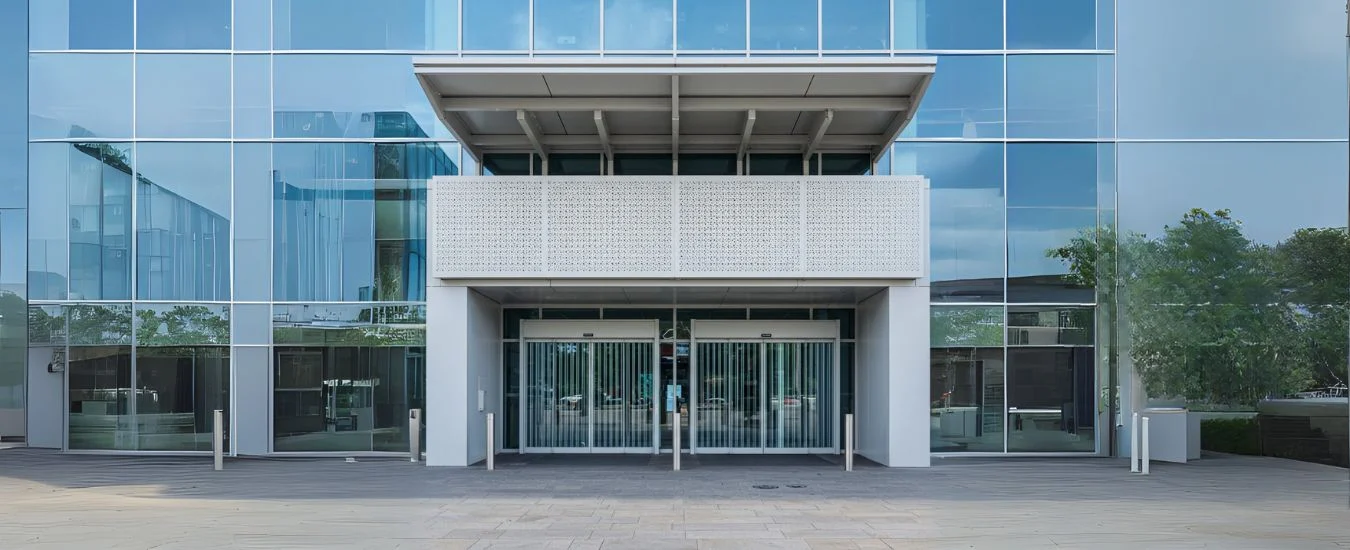Air curtains have evolved from simple air-blowing devices to intelligent systems that support energy efficiency, climate control, and hygiene across a wide range of commercial and industrial environments. As businesses explore ways to maintain comfort without sacrificing sustainability, air curtain technology continues to experience rapid innovation. The future of entryway technology is being shaped by smarter, cleaner, and more efficient air curtain systems, and brands like FanQuip are contributing to this new wave of progress.
Smart Automation Will Define the Next Generation
Automation is one of the biggest trends influencing the future of air curtains. Businesses no longer want systems that merely turn on and off. Instead, they prefer devices that adapt automatically to real-time conditions. Future air curtains are expected to integrate with smart building systems to adjust airflow based on temperature fluctuations, foot traffic, and door activity. Sensors will play a crucial role by detecting when an entryway is in use and optimising airflow to maintain consistent internal climate levels. This reduces energy waste, extends equipment life, and enhances overall performance.
Energy Efficiency Will Become a Core Priority
Energy efficiency is already a major advantage of modern air curtains, but future models will push these benefits even further. Manufacturers are developing motors that use less power while delivering stronger and more uniform airflow. Variable speed technology is expected to become standard, allowing businesses to customise settings for different environments, from small retail entrances to large industrial doorways.
Additionally, the integration of energy recovery features will help buildings retain heat or cool air, lowering the demand on HVAC systems. This not only reduces operational costs but also helps buildings meet sustainability targets. With climate responsibilities growing worldwide, energy-efficient air curtains will become a necessary component of environmentally conscious building design.
Improved Hygiene and Contaminant Control
Another area of innovation is hygiene. Air curtains already help block dust, insects, fumes, and outdoor pollutants, but future advancements will take cleanliness to a new level. High-efficiency filtration is expected to become more common, reducing airborne contaminants and creating healthier indoor spaces. Some designs may include antimicrobial surfaces or UV light integration to inhibit bacterial growth and improve sanitation in healthcare settings, food processing facilities, and commercial kitchens.
As cleanliness becomes increasingly important in public spaces, advanced hygiene-focused air curtains will be essential tools for safeguarding health and safety.
Enhanced User Experience Through Quieter Operation
Noise reduction is another direction where air curtain technology is advancing. While current systems are generally quiet, future models aim for near-silent operation without compromising airflow performance. Innovations in motor design, blade technology, and vibration control will create more comfortable and welcoming entryways. This is especially important in hospitality venues, offices, and retail stores where customer experience is a top priority.
By improving acoustic performance, air curtains will continue to support seamless entryway design while maintaining a pleasant indoor environment.
Integration with Modern Architecture and Design
Architectural trends are shifting toward minimalistic and visually seamless design. Air curtains of the future will blend more smoothly into building aesthetics. Slimmer profiles, concealed mounting options, and customisable finishes will allow them to become part of the overall architectural vision rather than a visible mechanical component.
As designers increasingly value unobtrusive and modern-looking entryway solutions, air curtain manufacturers will continue to introduce visually appealing, space-saving models suited for any environment.
Looking Ahead: The Role of Continuous Innovation
The future of entryway technology is undeniably linked to ongoing innovation in the air curtain industry. As businesses prioritise efficiency, hygiene, and customer comfort, air curtains will continue to evolve to meet these needs. Smarter controls, improved energy performance, enhanced cleanliness, quiet operation, and seamless integration with architectural design all point toward a technology that is both practical and future-ready.
With companies like FanQuip advancing performance and reliability, the next generation of air curtains promises to deliver even greater value to modern buildings.




